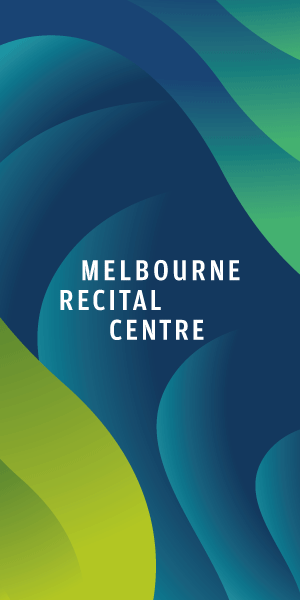The flash brothels of Little Lon
By Rhonda Dredge
A major historical study has been made of the flash brothels that proliferated in the 19th century in an area of the CBD known colloquially as Little Lon.
The study by Barbara Minchinton mounts a huge argument in favour of the positive influence of small business on the CBD.
Her book The Women of Little Lon demonstrates how women ran and owned these businesses, creating a colourful culture.
Little Lon is the name given to the city block bounded by Lonsdale, Spring, Exhibition and Little Lonsdale streets.
The study found that sex workers in the 19th century were lively women, doing deals, making money and generally directing their own lives.
They ran brothels, rented rooms known as cribs and created a laneway culture that would be the envy of the City of Melbourne today.
Yet, sadly, not one building connected to the sex workers remains.
If you use the map compiled by Minchinton for her research and take a walk through Little Lon it is difficult to marry the stories in the book with what exists now on the ground.
Madame Brussels Lane has been recreated and an archeological dig provides some interpretations, but this book really brings home what has been lost from the CBD in the name of progress.
One of the original hotels is still trading but the rest of the buildings that made up the city’s red light district have been swallowed up by office towers, mostly government ones.
The culture of Little Lon that Minchinton re-invents is as vivid as the working-class neighbourhood depicted in the TV series Call the Midwife. Women are doing their trade, having their babies and generally enjoying the community they have created.
Madame Brussels wasn’t the only formidable character or madam in the community. Other significant women researched by Minchinton include the cigar-smoking Annie Britton, the luxury-craving Sarah Fraser who decorated 24 rooms exquisitely in Exhibition St, and the songster Sarah Saqui, daughter of a Jewish professor of music.
But most of the sex workers at the 46 brothels identified in Little Lon in 1874 were Irish and they loved to dress up, dance and go to the theatre, much to the annoyance of some of the more respectable folk living nearby.
Prostitution, then as now, is a class issue. Most women were driven by economics to take up the trade. One domestic servant was given three nights a week off from her job to catch up with friends and she earned far more on the streets during that time than she did in servitude. Her weekly wages were barely enough to buy a pair of shoes.
Minchinton has done plenty of archival research, aided by recent digital databases that cross reference ancestries. She uses this to supplement more official documents such as police and newspaper records which tend to accentuate the misdemeanours of “disorderly” houses and the charges laid.
The book is full of amusing anecdotes, names more than 100 sex workers and looks at the attitudes of the hedonistic Chief Commissioner of Police, Captain Frederick Standish.
With Standish as chief commissioner, the police “practiced tolerance and management of prostitution, rather than condemnation and suppression”.
Sex work was not illegal, and it prospered until the Police Offences Act 1907 made it illegal for keepers of brothels to make a profit and that was the end of the flash brothels of Little Lon.
The Women of Little Lon, Barbara Minchinton, La Trobe University Press with Black Inc, 2021 •

City of Melbourne unveils next urban forest plan for the CBD








 Download the Latest Edition
Download the Latest Edition